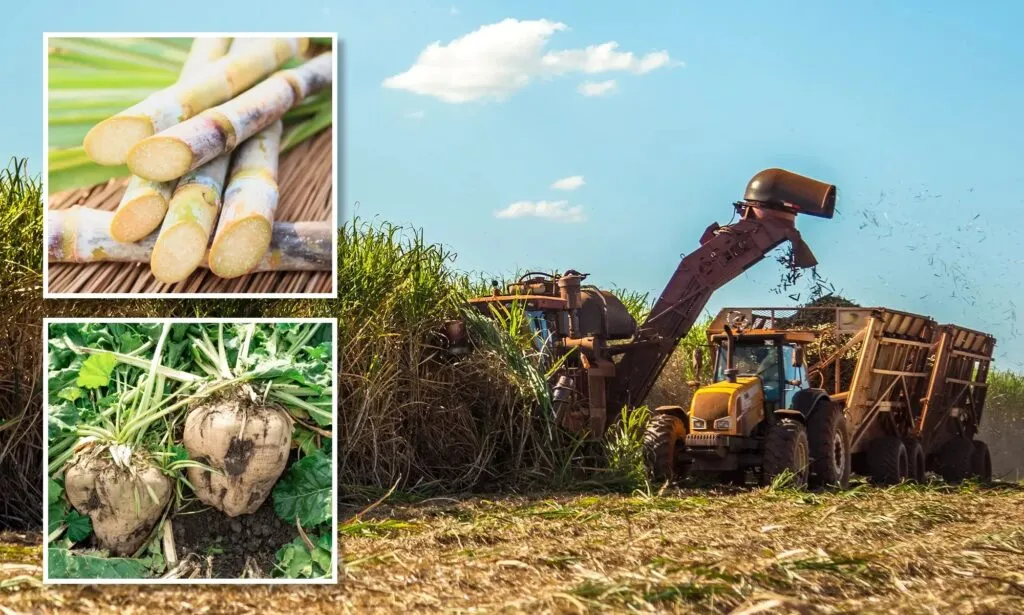Sweet Precision: How NIR Spectroscopy Revolutionizes Sugar Production
Oct 17, 2025
The global sugar industry faces mounting challenges in maintaining product quality while optimizing production efficiency. Near-infrared (NIR) spectroscopy has emerged as a transformative technology for sugarcane and sugar processing, offering rapid, non-destructive analysis that addresses critical industry pain points while enhancing overall operational excellence.
Technical Foundation and Operating Principles
NIR spectroscopy operates in the 950-1650 nm wavelength range, where molecular bonds in sugarcane and sugar products exhibit distinctive vibrational characteristics. The technology measures overtone and combination vibrations of C-H, O-H, and C-O bonds, which are particularly sensitive to sucrose content, moisture levels, and fiber composition. Advanced photodiode array detectors capture spectral data with exceptional signal-to-noise ratios exceeding 45,000:1, while integrated thermoelectric cooling ensures stability in hot processing environments.
Key Analytical Parameters and Precision
Modern NIR systems deliver exceptional accuracy across all critical sugar production parameters:
Table: NIR Analytical Performance in Sugar Industry
|
Parameter |
Measurement Range |
Accuracy |
Primary Wavelengths |
R² |
|
Sucrose Content |
10-18% (cane) |
±0.15% |
1,580-1,620 nm |
0.988 |
|
Brix |
18-25° |
±0.2° |
1,450-1,500 nm |
0.982 |
|
Moisture |
68-75% (cane) |
±0.3% |
1,910-1,950 nm |
0.975 |
|
Fiber Content |
10-16% |
±0.4% |
1,680-1,720 nm |
0.962 |
|
Purity Coefficient |
85-92% |
±0.5% |
Multiple wavelengths |
0.971 |
Process Optimization Applications
In raw cane analysis, NIR systems provide immediate assessment of sucrose content before processing, enabling optimal blending decisions that maximize extraction efficiency. During juice extraction and clarification, real-time monitoring of Brix levels allows for precise control of evaporation processes, reducing energy consumption by 15-20%. The technology's ability to track fiber content ensures optimal milling operation adjustments, maintaining throughput while minimizing equipment wear.
Quality Control Advancements
NIR spectroscopy has revolutionized quality assurance throughout the sugar production chain. For raw sugar, systems detect moisture content with ±0.3% accuracy, preventing caking during storage and transportation. In refined sugar production, colorimetric analysis through NIR ensures consistent product quality meeting ICUMSA standards. The technology's rapid analysis capability (20-30 seconds per sample) enables 100% testing coverage compared to traditional laboratory methods that typically test only 5-10% of production.

Economic Impact and ROI
The implementation of NIR technology delivers substantial economic benefits across sugar operations. By optimizing extraction processes based on real-time sucrose data, mills achieve 2-3% increases in sugar recovery rates. Reduced energy consumption in evaporation stages translates to $250,000-$500,000 annual savings for medium-sized operations. The elimination of laboratory testing bottlenecks decreases quality control costs by 60-70% while improving detection accuracy.
Technical Implementation Considerations
Successful NIR deployment requires robust calibration models incorporating seasonal variations in cane composition. Advanced systems utilize climate-controlled sample presentation modules that maintain consistent temperature and humidity, ensuring measurement stability. Integrated automated cleaning systems prevent sugar crystallization on optical surfaces, maintaining accuracy in high-humidity processing environments.
Future Development Trends
Emerging applications include soil and leaf analysis for precision agriculture integration, allowing sugarcane growers to optimize harvest timing based on maturity predictions. Next-generation systems are incorporating artificial intelligence algorithms to predict processing parameters based on raw material characteristics, further enhancing production efficiency and quality consistency.
The adoption of NIR spectroscopy represents a fundamental shift from reactive quality control to proactive process optimization in the sugar industry. By providing immediate, accurate chemical analysis throughout the production chain, this technology enables sugar producers to maximize yield, maintain quality standards, and reduce operational costs – ultimately enhancing competitiveness in global markets.
